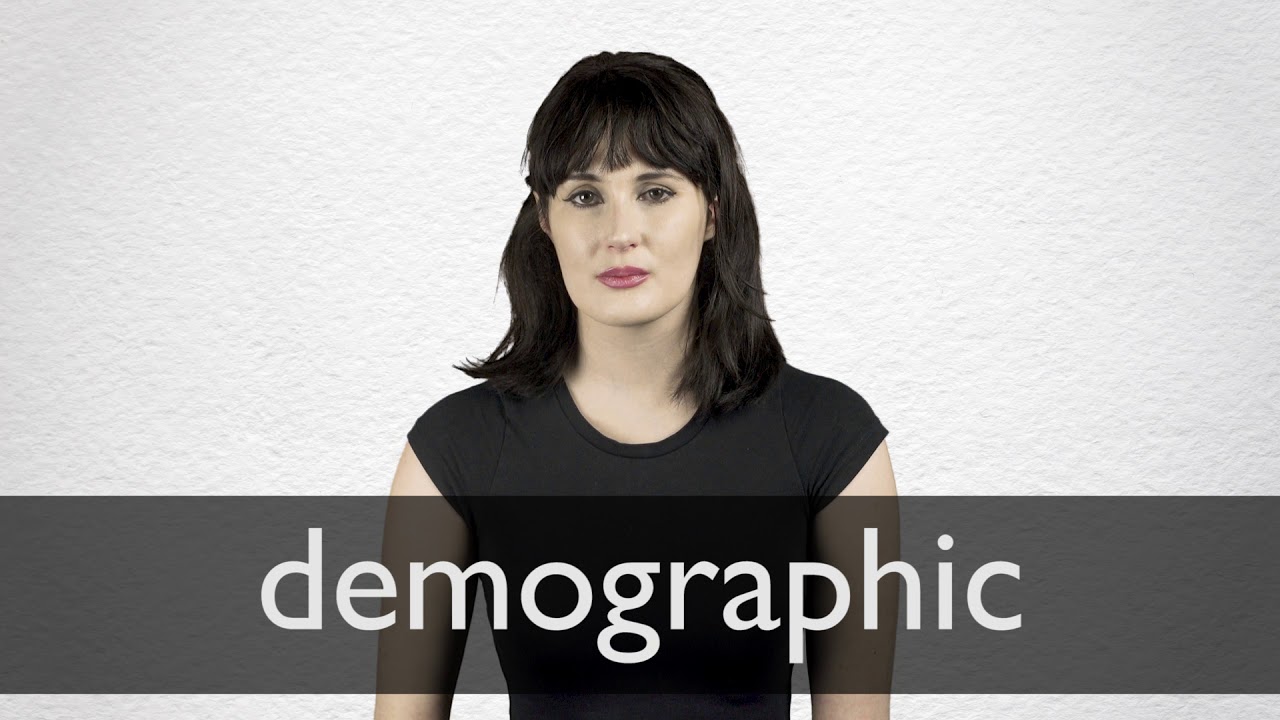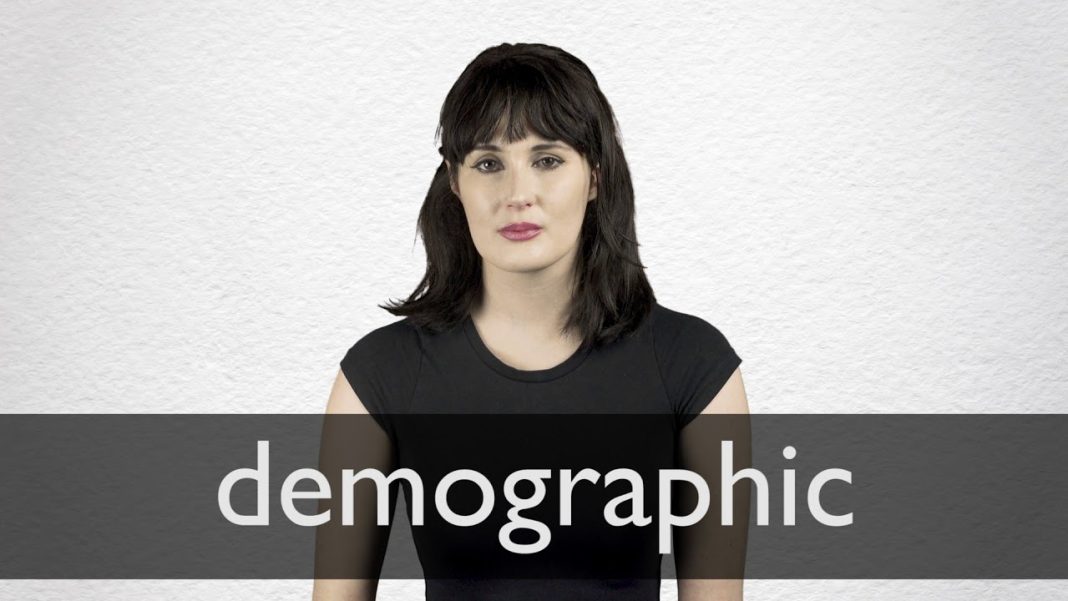
Australia’s population trends and demographics have been revealed in the latest data from the Australian Bureau of Statistics (ABS). The data highlights the preference of younger people for big cities and the dominance of females in the population.
According to the statistics from 2023, released on August 29, 2024, people aged 20 to 44 accounted for 38 percent of the population in Australia’s capital cities. However, this number dropped to 30 percent outside of the cities, indicating a clear preference for urban areas among younger individuals.
In terms of gender distribution, females outnumber males in almost all areas of the country. The data shows that there are 98.4 males for every 100 females in Australia. This trend is particularly evident in capital cities, where more females choose to reside.
Interestingly, Darwin has emerged as the youngest capital city in Australia, with a median age of 34.6 years. It is also the only capital where males outnumber females, with 104.7 males for every 100 females. On the other hand, Adelaide has the oldest median age at 39.2 years, followed closely by Hobart at 38.9 years. These two cities also have the lowest male-to-female ratios among all capitals.
The concentration of younger populations in certain areas can be attributed to specific factors such as study or training opportunities. For example, Acton in the Australian Capital Territory, home to the Australian National University, has the youngest median age at 20.8 years. Similarly, areas like Duntroon and North Clayton in Victoria have younger populations due to the presence of educational institutions like the Royal Military College and Monash University Campus, respectively.
Conversely, older populations are more likely to be found in regional and seaside areas. Tea Gardens in New South Wales’ Hawks Nest has a median age of 66.2 years, well above the national average. Bribie Island and Cooloola in Queensland, as well as Point Lonsdale in Victoria, also have relatively older populations.
The data also reveals that females outnumber males in most parts of the country. However, there are exceptions, such as Wacol in Brisbane and Chidlow in Perth, where the presence of correctional centers contributes to a higher male ratio.
In recent years, Australia has experienced a significant shift in internal migration patterns. The Regional Australia Institute (RAI) has declared that the country has entered a new era of population movement, with more people choosing to move from cities to regional areas. The Regional Movers Index shows that there has been a 27 percent increase in such migrations compared to the opposite direction.
RAI CEO Liz Ritchie highlights that this population movement is a sustained trend, surpassing pre-COVID migration patterns. The data shows that despite a seasonal dip in overall movement, the Australian population remains highly mobile, with city-to-regional relocations tracking 16 percent above the pre-COVID average.
In conclusion, the latest population data from the Australian Bureau of Statistics provides valuable insights into Australia’s demographic trends. It demonstrates the preference of younger people for big cities, the dominance of females in the population, and the shift towards internal migration from cities to regional areas. These findings shed light on the changing dynamics of Australia’s population and have important implications for urban planning, resource allocation, and social development.

